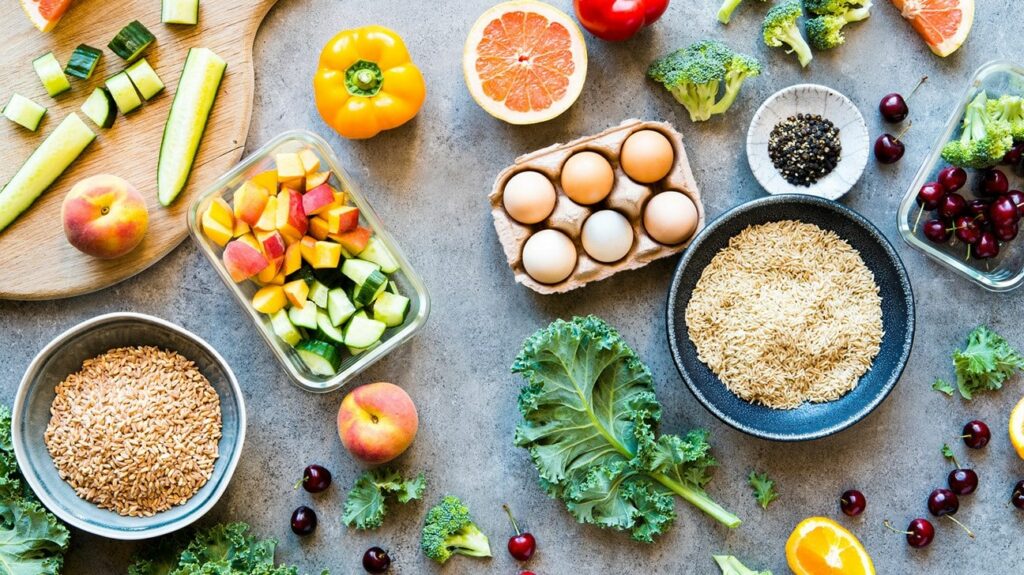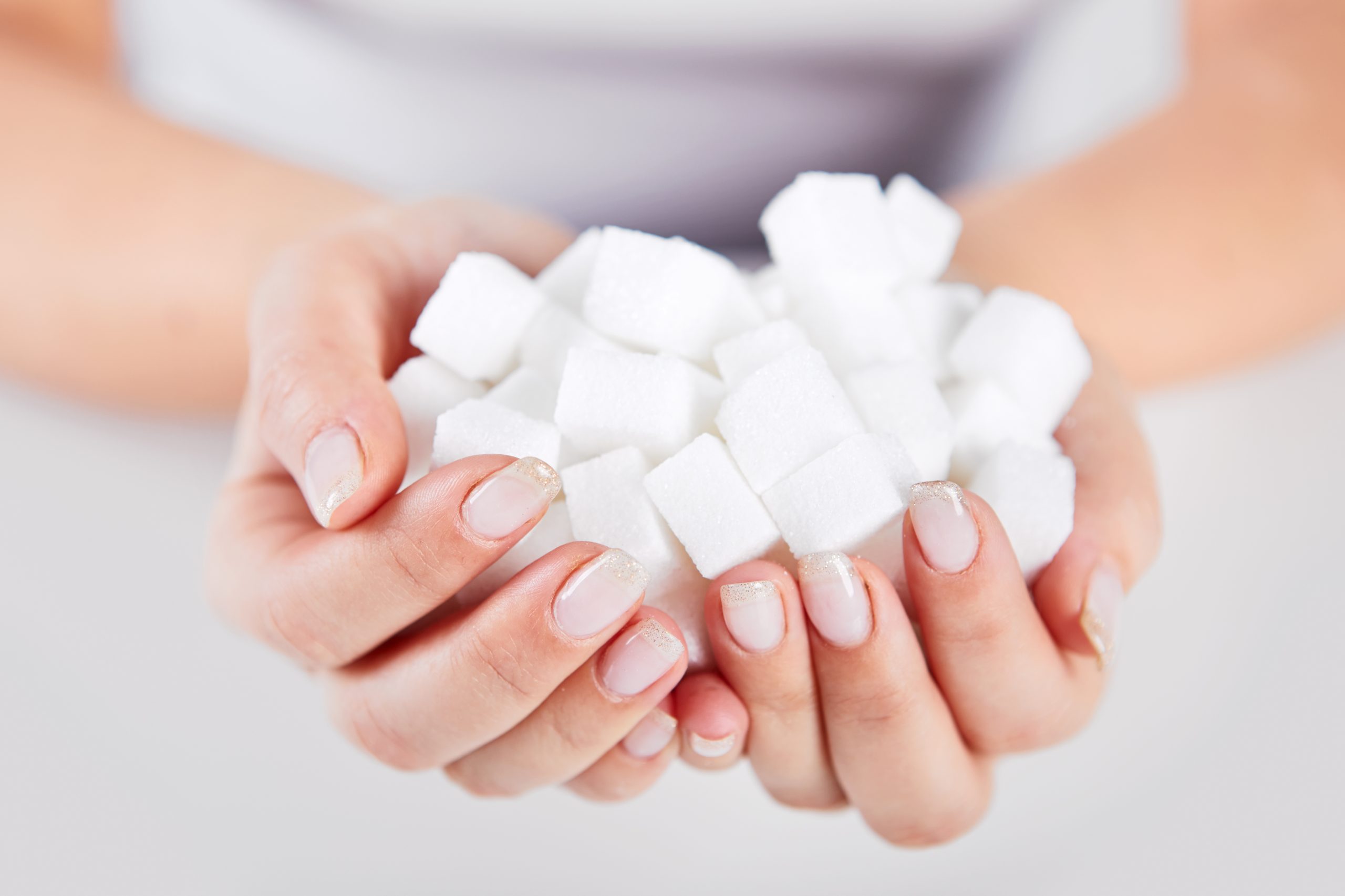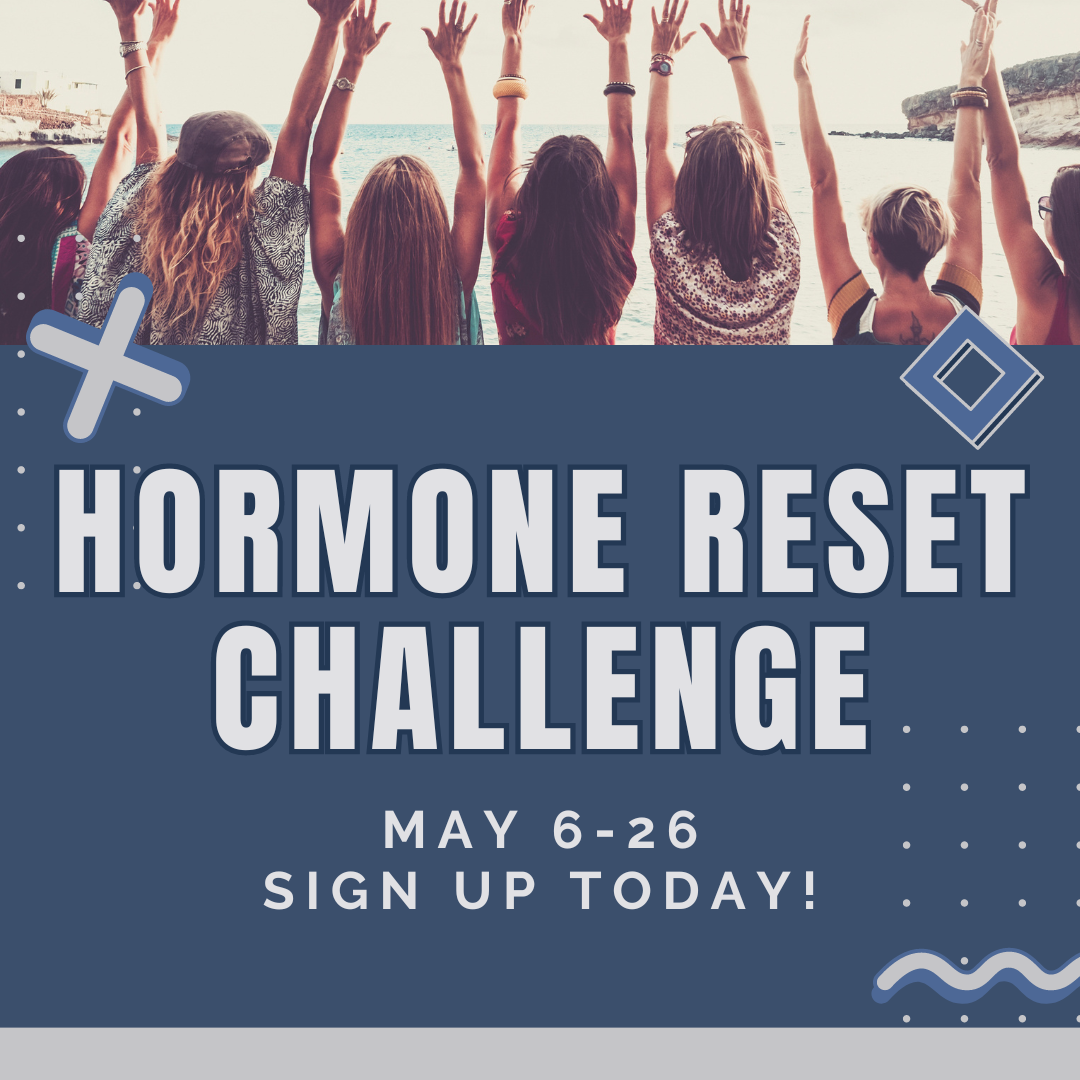Understanding the Sugar Trap
Sugary foods, when consumed, release dopamine in the brain. Dopamine is a neurotransmitter in the body that associates things with pleasure and motivation. When we eat foods high in refined sugars, dopamine is released and we find ourselves in the sugar trap. Sugary foods also create a spike in blood sugar, and when sugar is in our system, high levels of insulin are produced to carry that blood sugar out of our blood and into our cells.
When consuming high-sugar foods or high-sugar content, our blood sugar levels will crash fast and that keeps us in the sugar trap: we crash and then we crave more sugary foods. It is a dangerous cycle that our bodies go through when eating a sugar-filled diet.
Did you know? The average American consumes 17 teaspoons of sugar each day. According to the American Heart Association, men should consume no more than 9 teaspoons of sugar per day, and females should consume no more than 6 teaspoons per day. For reference, one 12-ounce can of soda contains 8 teaspoons of sugar. So, as we see here, most Americans are consuming well over their recommended sugar intake per day.
Assessing Your Sugar Intake
We can assess our sugar intake by calculating our maximum limit of sugar intake per day. By looking at your sex, age, and activity level, you can determine the maximum sugar you should be consuming each day. Here is a great sugar calculator to see what your limit of sugar intake will be. What’s your daily intake?
Ready to decrease the sugar?
Great! Let’s educate ourselves on what we are putting in our bodies. We are only given one body, so let’s take care of it. Here are a few tips that will help you overcome your sugar addiction.
Adopting a Whole-Food, Balanced Diet

Adopting a whole-food, balanced diet is a great start in breaking your sugar addiction. What is a whole-food, balanced diet? These are foods that are nutrient-dense like grass-fed, organic meats, vegetables, fruits–all things that come from the earth or are fed by the earth (like healthy animal meats if you tolerate them). These foods all contain vitamins, minerals, and other nutrients that are important for our bodies. Proteins and fats take longer for the body to break down and digest than carbohydrates, so consuming those macronutrients (protein and fats) will make you feel full for longer periods.
Starting slow, not ripping the bandaid off right away
Cutting out sugar in our diets is great, but we have to be aware of what can happen if we go cold turkey. You may experience lightheadedness, fatigue, and cravings. Of course, this all depends on how much sugar you have been consuming through foods and beverages. By slowly weaning off sugar, we can lessen the side effects it comes with.
Practical tip: decrease your soda consumption by one can or bottle per day for 2-3 days, and then decrease by two cans/bottles the next 2-3 days, until you’ve weaned off of them and substituted with water. Consuming lots of candy? Do the same thing and find a healthy snack that you like, i.e. a fruit, a veggie with a healthy dip, etc., to eat instead.
Mindful Eating Practices
Here’s our next tip–start eating mindfully.
What do we mean by ‘eating mindfully’?
We are all guilty of multitasking when we are eating. Eating mindfully is when we slow down, turn our phones and TVs off, and enjoy our meals. When we are not focusing on eating, studies show that it can lead to anxiety, overeating, and weight gain. Here are a few ways to practice mindful eating.
Follow the 80% rule. The 80% rule is when you listen to your body and when you feel 80% full, you stop eating. This makes sure you are not overeating.
Be mindful when you are chewing. Instead of eating your food as fast as possible, make sure you chew your food as much as possible. Breaking food into smaller molecules can help the body absorb nutrients more efficiently.
Managing Cravings and Withdrawal
When you are trying to break your sugar habit, you are most likely going to encounter cravings and withdrawals. This is completely normal because your body isn’t used to eating less sugar. When you have cravings, here are a couple of options that you can do to help yourself. As we talked about earlier, start slow. Cutting sugar right out of your diet is possible but tough. You are going to experience unpleasant withdrawals if you eliminate it right out of your diet compared to weaning off of it.
Tip 1: Drink more water! Flush that system to help with your cravings and withdrawals.
Tip 2: Have options available to you in your house so when you get ‘hangry’, you have something to eat and curb the craving.
Tip 3: Don’t do it alone! Read below for more on that…
Building a Support System
What better way to break your sugar addiction than doing it with others? Find a support system that will keep you accountable and help you through this journey. Or if others do not want to cut sugar out of their diet, you can still express that you are doing it. This can help when making plans with family and friends. Instead of going out for dinner, you can make a healthy meal at home. Having people around you keep you accountable and cheer for you is a great way to achieve your goals.
Although it is scary how much Americans consume sugar, it can be a wake-up call to make a change. We can start making that change through eating whole foods that will create a balanced diet. Learning to slowly cut sugar out of our diet instead of stopping it all at once will make the process easier and you will deal with fewer side effects than quitting all of a sudden. To recall, eating mindfully can create a new appreciation for food as well as help with understanding when the body is full.
Remember to eat until you are 80 percent full! Understanding cravings and withdrawals from sugars are more tools that can be in your back pocket to help you through this journey. Surrounding yourself with people who will help you is also a big key to success when it comes to sugar addictions.
Here are some extra resources that we drew from in this post:


